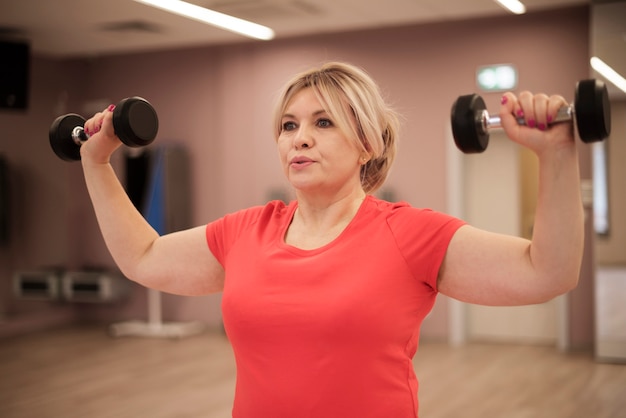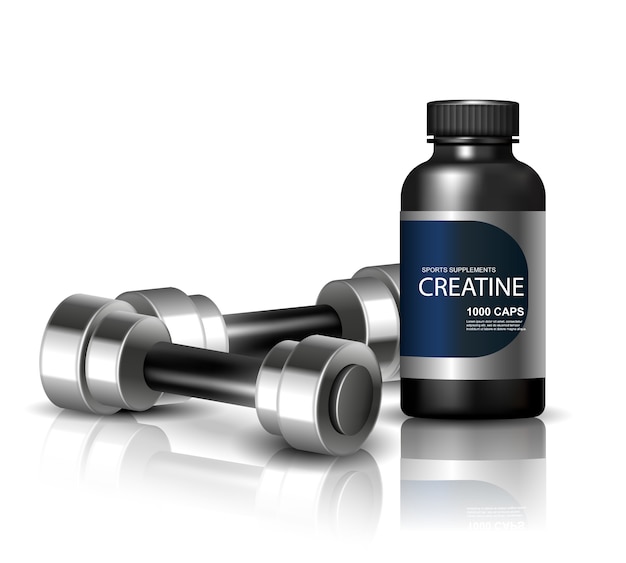As we age, maintaining strength isn’t just about looking good—it’s about staying independent, injury-free, and energized. For women over 40, building and preserving muscle becomes more challenging due to hormonal shifts, slower recovery, and changing metabolism. The good news? You don’t need a gym membership, hours of free time, or expensive equipment to build real, functional strength.
Yet, even with the best intentions, many women unknowingly sabotage their progress. Whether it’s skipping recovery, overcomplicating routines, or underestimating nutrition, small missteps can add up. Let’s uncover the 30 most common mistakes—and how to fix them—so you can build strength that supports your real life.
Many women over 40 focus only on cardio, thinking it’s best for weight loss. But without strength training, you lose muscle mass, which slows metabolism and weakens joints.

Lifting light weights with high reps won’t build significant strength. Challenge your muscles with resistance that feels hard by the last 2–3 reps.
Bodyweight moves are great, but adding resistance (like resistance bands or dumbbells) is key for progressive overload.
Spurts of activity followed by long breaks won’t yield results. Aim for 2–3 strength sessions per week, even if only 20 minutes long.
To grow stronger, you must gradually increase resistance, reps, or intensity. Track your progress to stay on course.
More isn’t always better. Muscles grow during rest, not workouts. Include at least one rest day between strength sessions.
Compromising form leads to injury and ineffective workouts. Focus on quality over quantity.
Legs contain the largest muscles. Skipping squats, lunges, and glute bridges limits strength and metabolic benefits.
Strong arms and back improve posture, prevent injury, and support daily tasks like lifting groceries.
Cold muscles are prone to strain. Spend 5 minutes mobilizing joints and activating key muscles.
Post-workout stretching improves flexibility and reduces soreness.
Strength gains take time, especially after 40. Focus on consistency, not overnight transformation.
Without tracking, it’s hard to know if you’re improving. Use a simple journal or app to log workouts.
Muscles adapt. Change exercises, reps, or tempo every 4–6 weeks to keep progressing.
Muscle repair needs protein. Include quality protein in every meal—aim for 1.2–1.6g per kg of body weight daily.
Dehydration reduces strength and endurance. Aim for at least 8 cups of water daily.
Poor sleep disrupts hormones that regulate muscle growth and recovery. Aim for 7–8 hours nightly.
Chronic stress raises cortisol, which can break down muscle. Practice mindfulness, breathing, or gentle yoga.
Excessive cardio without strength training can lead to muscle loss. Balance both for optimal results.
Resistance bands are affordable, portable, and effective for building strength at home.

A strong core supports posture, balance, and everyday movements. Include planks, bird-dogs, and dead bugs.
Rounded back or forward head posture reduces effectiveness and increases injury risk.
Holding your breath increases blood pressure. Exhale on exertion (e.g., when lifting), inhale on release.
Pain is a warning sign. Distinguish between muscle fatigue and joint or sharp pain—stop if it hurts.
Vague goals like “get stronger” aren’t measurable. Try “do 10 push-ups” or “hold a 60-second plank.”
Everyone’s journey is different. Focus on your progress, not someone else’s highlight reel.
Life happens. Have a 10-minute backup routine for busy or travel days.
Mind-muscle connection matters. Focus on feeling the target muscle work during each rep.
Missed a workout? Ate something off-plan? That’s okay. Progress isn’t linear—just keep going.
Did you lift heavier, move with more ease, or feel more confident? Acknowledge it. Every win counts.
Building strength after 40 isn’t about looking like a fitness model—it’s about feeling strong, capable, and resilient in your daily life. With minimal gear, smart strategies, and consistency, you can overcome these common mistakes and build a body that’s truly built for real life.
Start small. Focus on one or two fixes at a time. And remember: strength isn’t just physical. It’s the courage to keep going, no matter your age.

Fitness

Fitness

Fitness

Fitness

Health

Wellness

Health

Fitness

Health

Fitness

Wellness

Wellness

Health

Fitness

Health

Health